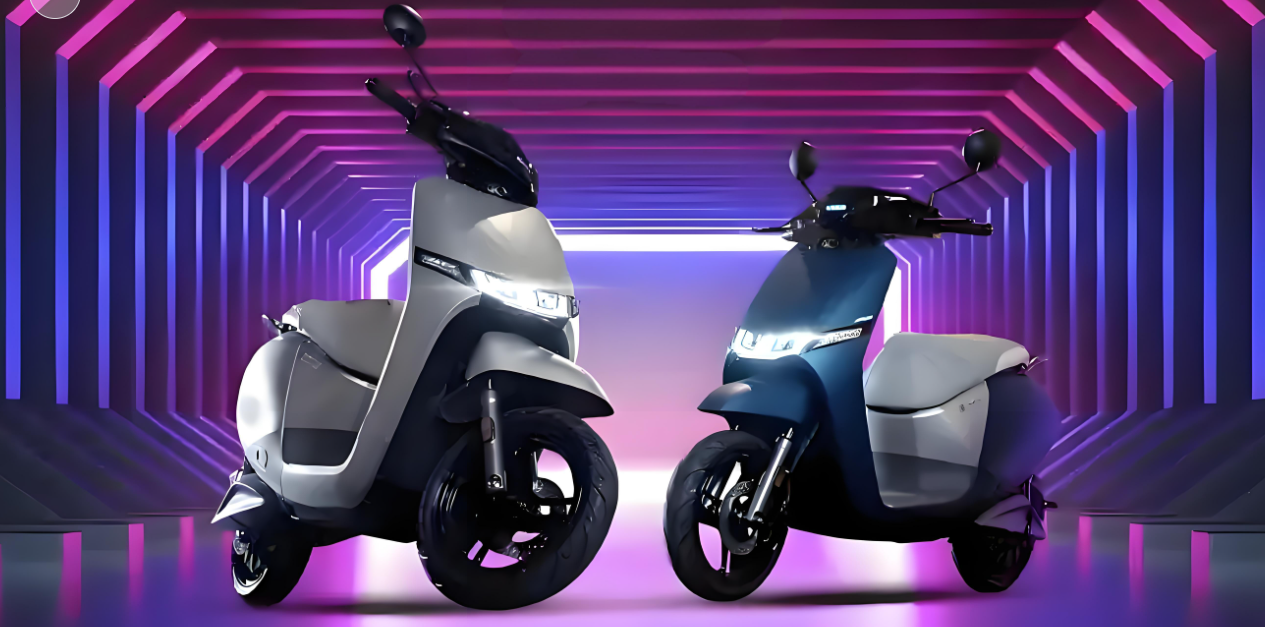
The future of electric motorcycles looks incredibly promising, as suggested by keywords related to their development and potential, such as "smart electric motorcycle", "zero - emission electric motorcycle", and "Electric motorcycle brands".
Technological Advancements
One of the most significant aspects of the future of Electric motorcycles is the continuous technological progress. Battery technology is expected to improve even further. Lithium - ion batteries will likely become more energy - dense, allowing for longer ranges on a single charge. Additionally, new battery chemistries may emerge, offering even better performance and longer lifespans. Smart technology is also set to play a major role. Smart electric Motorcycles will be equipped with advanced features such as connectivity options, allowing riders to monitor their Motorcycle's battery status, performance, and even receive real - time traffic updates on their smartphones. Some future models may also incorporate autonomous features, such as self - balancing technology, which could enhance safety and ease of use, especially for new riders.
Environmental Impact
With the increasing global focus on reducing carbon emissions, zero - emission electric motorcycles will become an even more crucial part of the transportation mix. As more cities and countries implement stricter emissions regulations, electric motorcycles will be a viable solution for urban commuting. They produce no tailpipe emissions, which helps to improve air quality in congested urban areas. Moreover, as the electricity used to charge these motorcycles comes from renewable sources such as solar, wind, or hydro power, the overall carbon footprint of electric motorcycle travel will be significantly reduced.
Market Expansion
The number of electric motorcycle brands is likely to grow. Established motorcycle manufacturers will continue to invest in electric motorcycle development, and new start - ups will enter the market. This competition will drive innovation and lead to more diverse product offerings. For example, we may see more electric motorcycles designed specifically for different types of riders, such as female - specific models with ergonomic designs or motorcycles tailored for senior riders with features like lower seat heights and easier - to - use controls. The market will also expand geographically, with more regions around the world embracing electric motorcycles as a practical and sustainable transportation option.
Charging Infrastructure
To support the growth of electric motorcycles, the charging infrastructure will need to be expanded. Governments and private companies are likely to invest in building more charging stations, both in urban areas and along major highways. This will eliminate the "range anxiety" that many potential electric motorcycle buyers currently experience. In the future, we may also see the development of wireless charging technology for electric motorcycles, which would make the charging process even more convenient.
Integration with Mobility Ecosystems
Electric motorcycles are likely to be integrated more fully into the broader mobility ecosystems. They could be part of ride - sharing or rental programs, providing a flexible and eco - friendly transportation option for short - term trips. In some cities, electric motorcycles may also be integrated with public transportation systems, allowing riders to use them for the "last - mile" connection between their homes, workplaces, and public transport hubs.
In conclusion, the future of electric motorcycles is bright, with technological advancements, environmental benefits, market expansion, improved charging infrastructure, and integration with mobility ecosystems all contributing to their growing popularity and significance in the transportation industry.



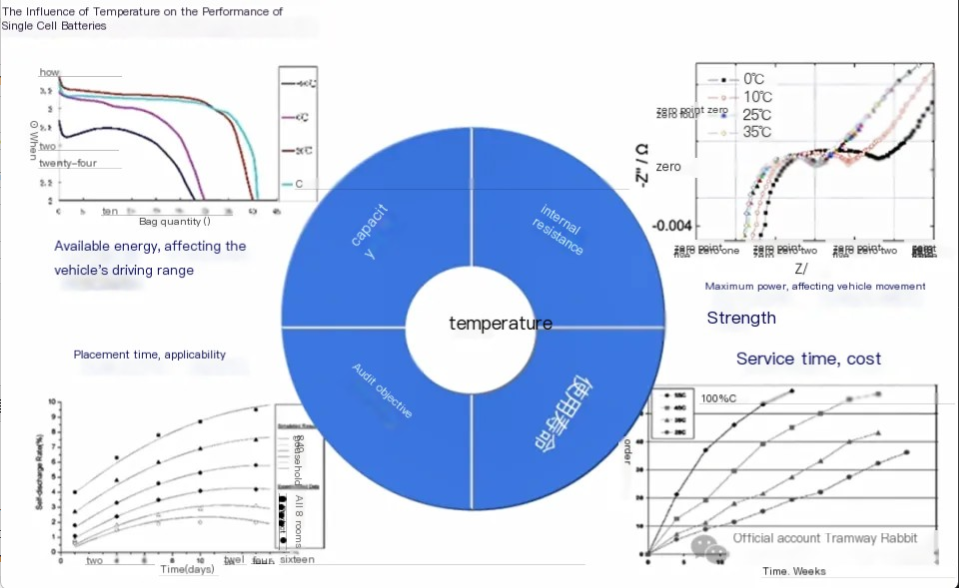


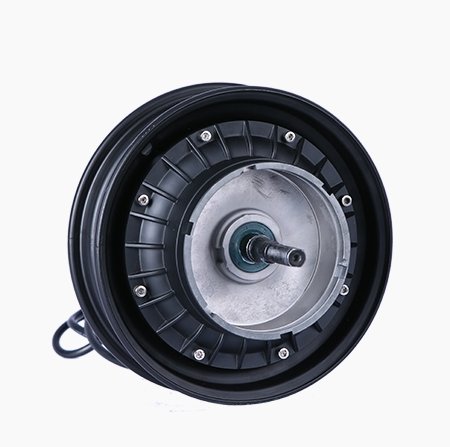
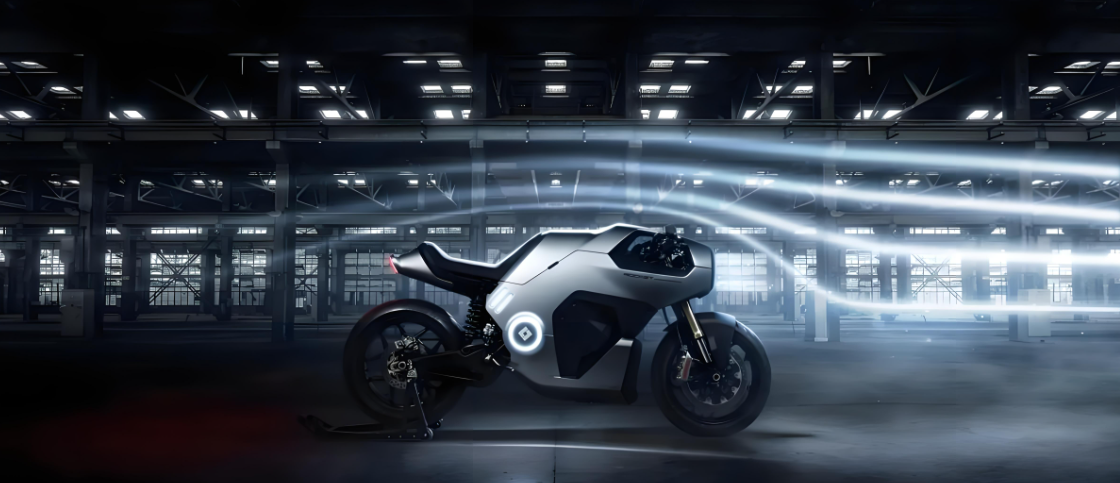

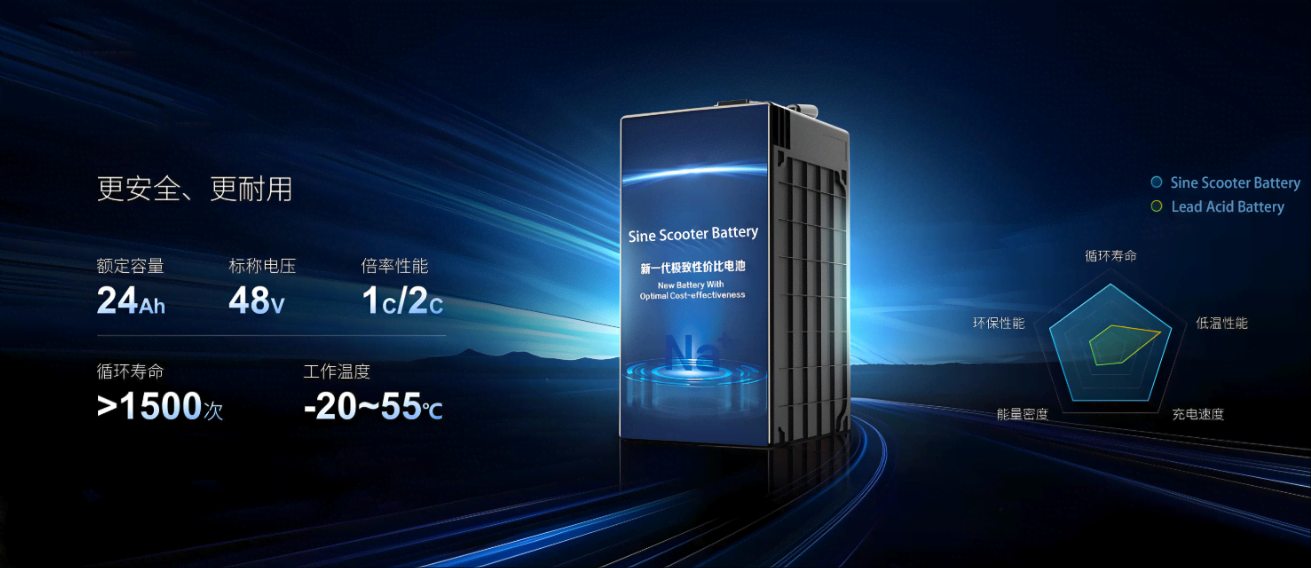


Add comment
Add comment: